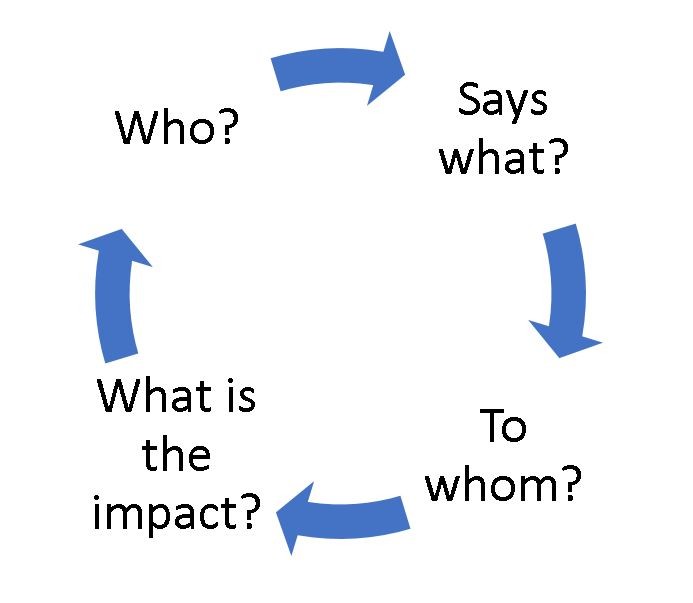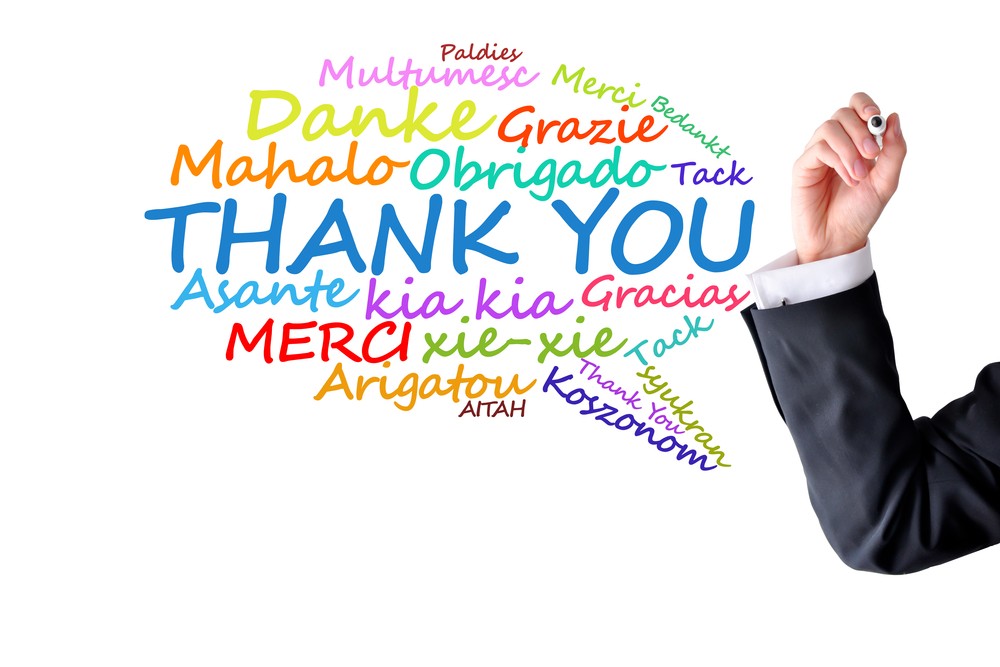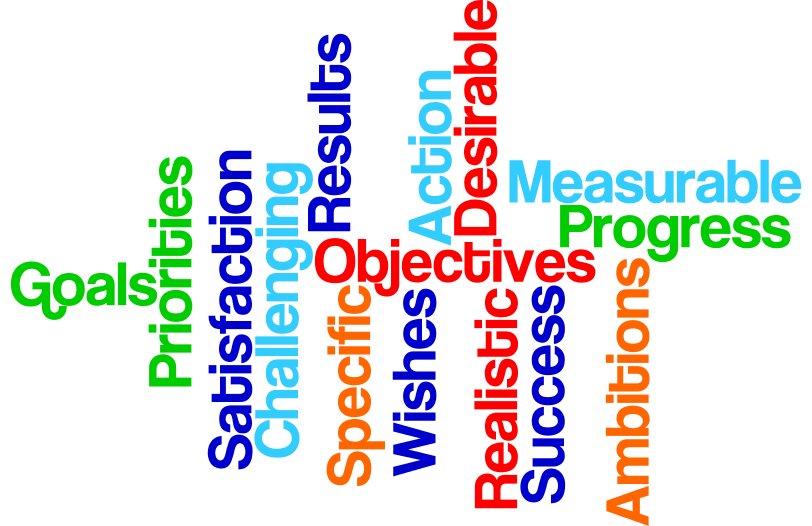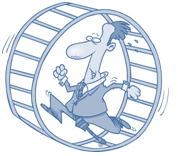
Customer service is the staff’s ability to provide a series of activities designed to identify and meet customer expectations in order to acquire, retain, and grow a customer base that you trust.
The customers are all the people we interact with. The purpose of an exchange does not need to be economic and limited to goods and services. Exchange often has a psychological and intangible dimension.
The ultimate goal of a customer approach is not simply to satisfy the customers, but to maintain a strong and lasting relationship – a “loyalty effect” – with them. That’s what really matters.
Maintaining good customer service requires daily action.
Quality customer service can be provided through simple actions…
100 Ways to Provide Greater Customer Service
- Show that you take customer service seriously
- Take the time to get to know your customers
- Identify what your customers really want
- Thank your customers
- Be sincere
- Smile
- Respond quickly to customer requests
- Make quality and service your priorities
- Be proactive
- Help clients without overwhelming them with bureaucratic red tape
- Listen to understand, not to argue
- Inform your customers
- Turn complaints into satisfaction
- Be reliable
- Put yourself in the customer’s shoes
- Do ordinary things extraordinarily well
- Exceed customer expectations
- Add value and integrity to every interaction
- Give every customer your best
- Speak in a reassuring manner
- Discover new ways to delight your customer
- Be surprised by everything you can do
- Take care of every customer – don’t overlook “internal” customers
- Make REALISTIC promises
- Admit your mistakes and apologize
- Know how to control yourself and your emotions
- Make sure you are available and accessible
- Learn about customer concerns
- Do not finish client sentences for them
- Pay attention, listen to what the customer has to say
- Find a fair solution to meet client requests while meeting organizational needs
- Do what you promise, when and how you said you would do it
- Demonstrate sensitivity to client needs by validating or empathizing
- Actively listen to client words, tone, and body language
- Put yourself in the customer’s position to see the situation from their perspective
- Try to understand before you make yourself understood
- Thank the customer for bringing an issue to your attention
- Recognize the customer and give them your full attention
- Be professional
- Connect, one client at a time
- Identify and anticipate needs
- Answer the phone before the third ring
- Make customers feel important and valued
- Be part of the solution, not the problem
- Take complaints professionally and not personally
- Know how to apologize
- Ask thoughtful questions and listen to the customer’s response
- Know that what counts is not what you say, but how you say it
- Approach the situation (even if complex) with optimism
- Tell the customer that you appreciate them as a customer, whenever they call
- Treat each meeting politely and pleasantly
- Don’t let the customer wait for nothing
- Do not transfer the customer from one person to another
- Remember that, to the client, their problem is unique
- Keep things in context
- Study all facets; do not defend or justify yourself
- Be respectful
- Be sensitive to your client’s situation
- Do not use the phone as a shield against broken promises
- Have the skills to help the client
- Welcome the customer warmly and positively
- Earn the customer’s trust
- Direct the client to the right service, place, or source of information
- Join forces WITH customer, AGAINST the problem
- Promise less…and give more!
- Accept responsibility for inconvenience without blaming others
- Let the customer be involved in finding a solution
- Try until the customer is satisfied
- Constantly self-assess yourself to find the best way to serve your customers
- Do not have a condescending tone of voice (as if you were talking to a child)
- Never let your negative feelings appear
- Choose to remain positive and client-focused
- Accept others as they are rather than wanting them otherwise
- Focus on the customer
- Don’t be defensive
- Listen to all the details before answering
- Do not interrupt the customer. If you need to interrupt them, say “excuse me” or “sorry to interrupt”.
- Try to help
- Stay objective. Don’t get caught up in emotions
- Propose an action plan
- Provide an appropriate solution to the problem
- Accurately rephrase the client’s words
- Support the client by showing them that it is worth taking the time to try to understand them
- Use de-escalation techniques when the customer is angry
- Adapt to the client
- Avoid anticipating the customer’s message
- Do not chew gum
- Give the customer time to ask their questions
- Call the customer by name
- Ask the customer for feedback
- Avoid professional jargon and colloquial language
- Gather the methods and techniques needed to succeed
- Agree to be flexible in your own expectations
- Offer multiple choices to the client
- Take care of the customer first, then their problem
- Be patient
- Focus on quality rather than quantity
- Be assertive without being passive, arrogant or hostile
- Wish the customer a good day
- Try one of these techniques a day!
It is your actions, your approach, and your attitude that will convince the customer of their importance.
And the customer is not the only one to benefit … knowing how to provide quality service makes our days easier and more enjoyable, and customer service is an investment in our credibility and professionalism. And it’s you who will get the long-term benefits!
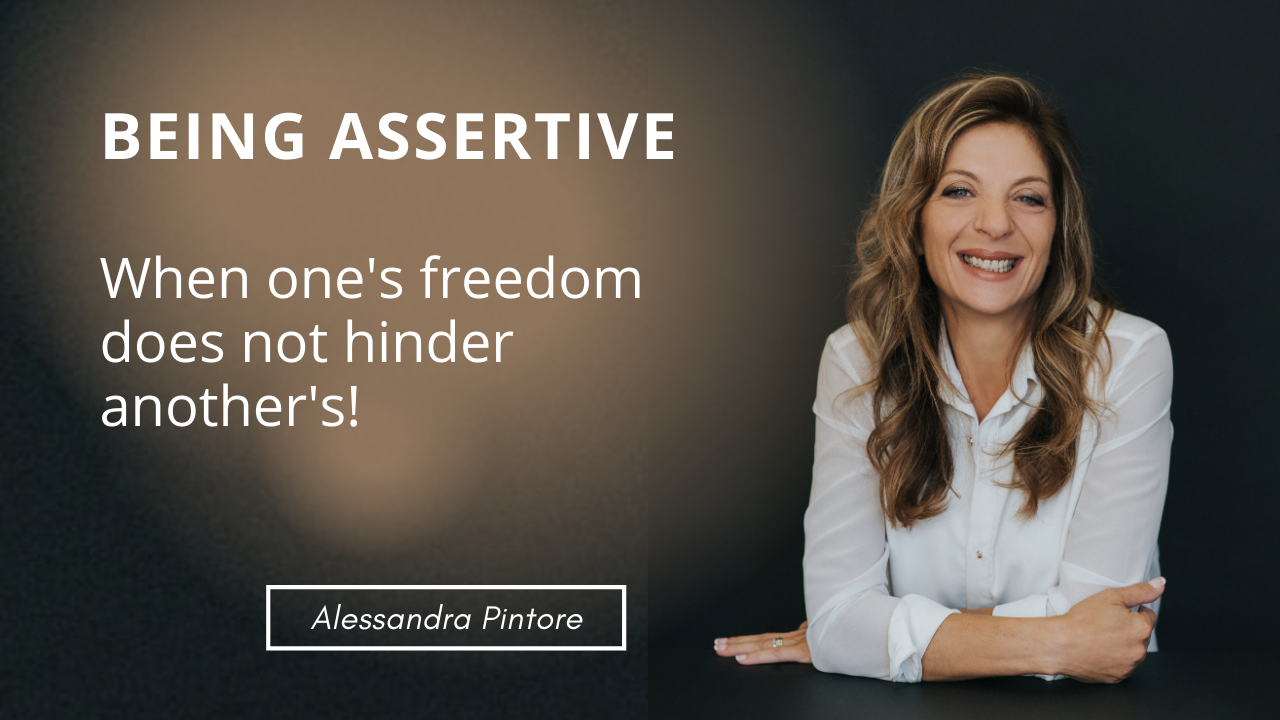
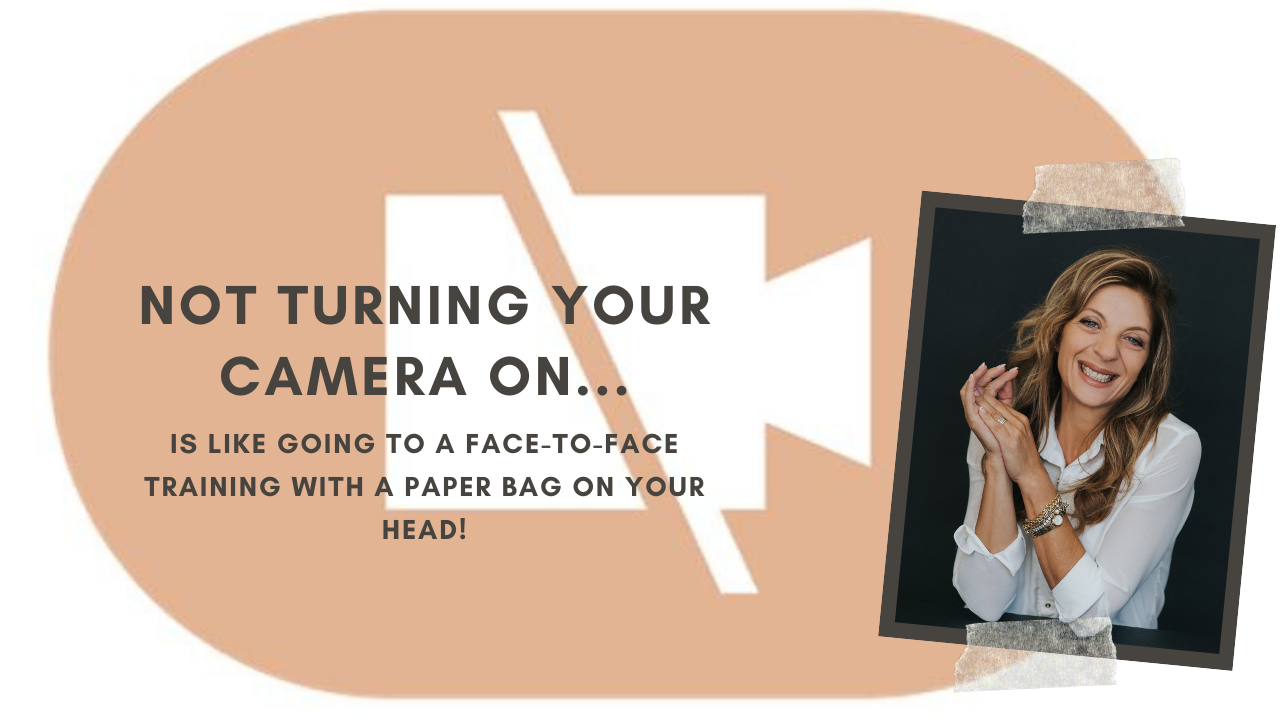 In order to optimize the participants’ experience, and offer quality training, Solutions & Co. trainers are physically present in their classes and give their training in front of large screens. As if you were there in the classroom with them. What we have seen over the past 7 months is that the success of the “virtual” experience is highly dependent on
In order to optimize the participants’ experience, and offer quality training, Solutions & Co. trainers are physically present in their classes and give their training in front of large screens. As if you were there in the classroom with them. What we have seen over the past 7 months is that the success of the “virtual” experience is highly dependent on












